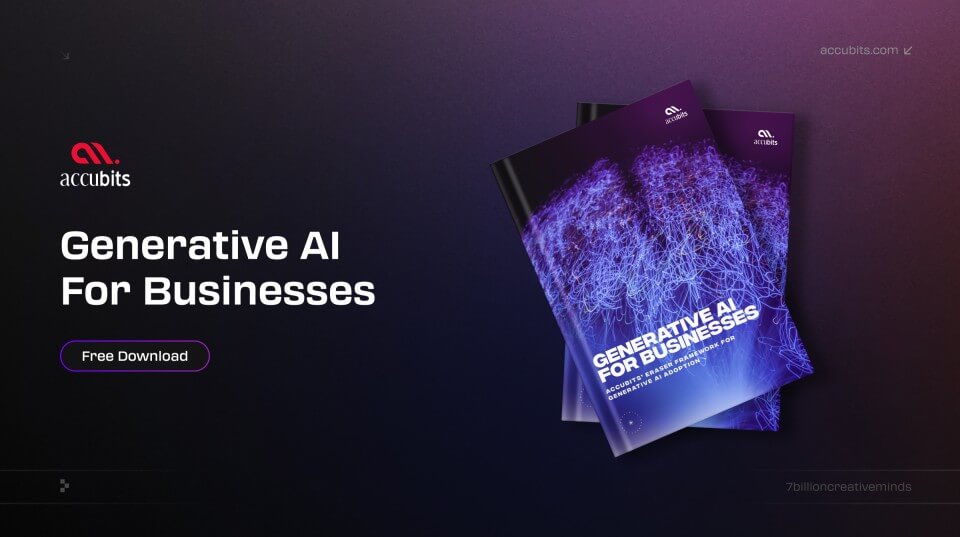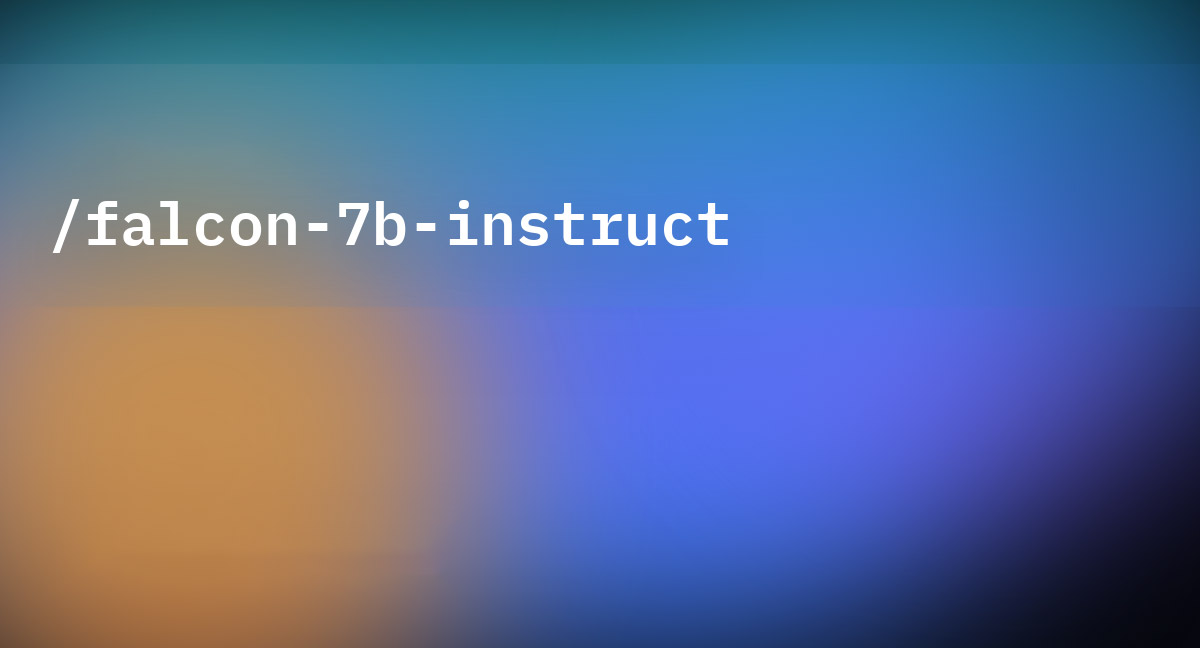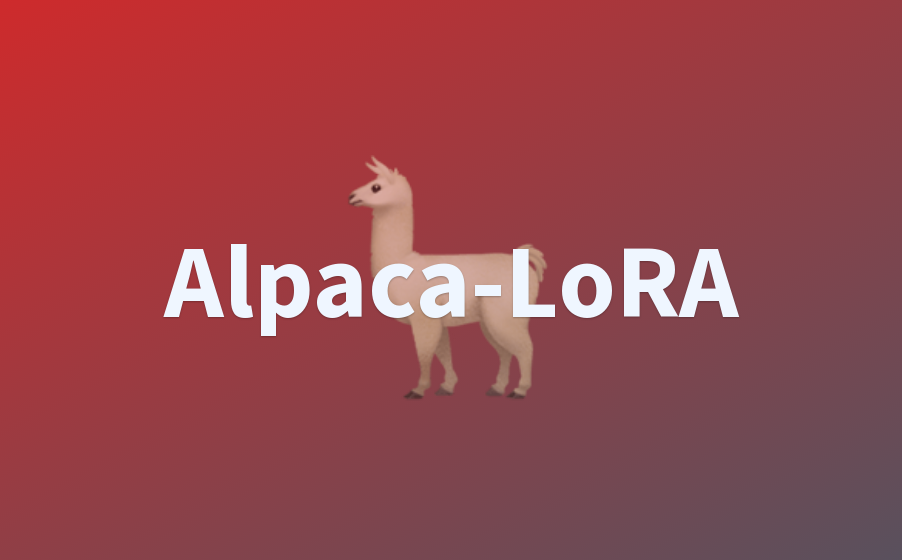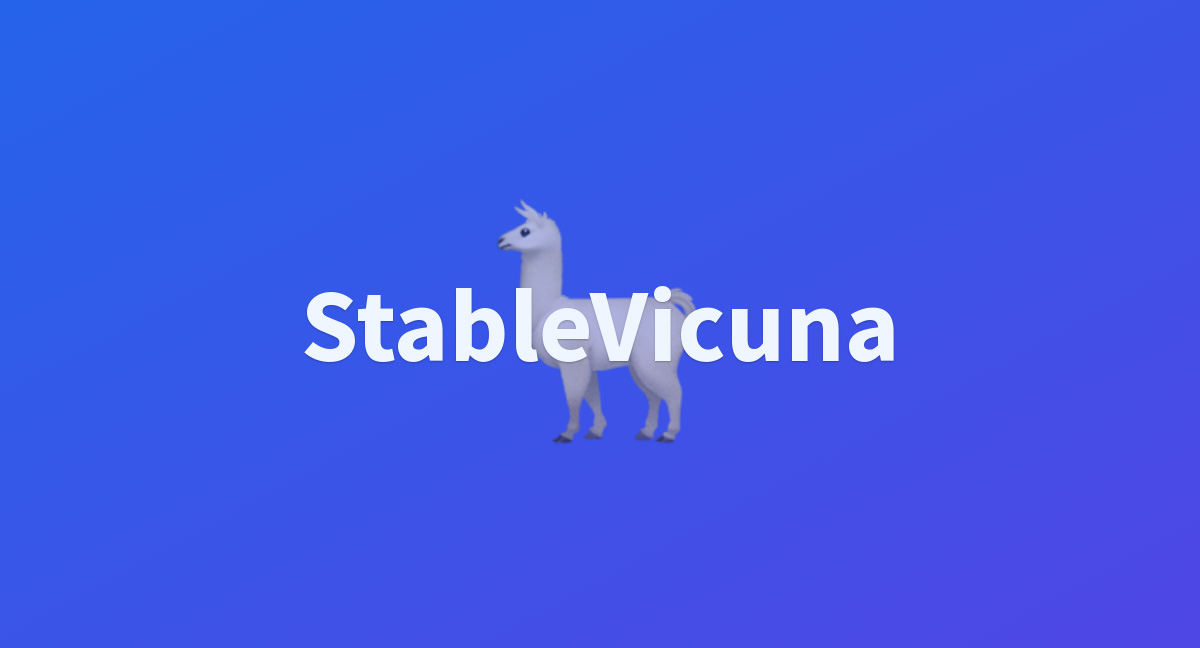An Overview of Guanaco
Tim Dettmers et al. initially developed the Guanaco model within the UW NLP group. However, the model was open-sourced in a subsequent phase, and Josephus Cheung significantly contributed to its development. Consequently, the credits for the model are now attributed to both Tim Dettmers and Josephus Cheung. The primary objective behind creating the Guanaco model was to engineer a highly versatile multilingual language model capable of excelling in diverse tasks, such as instruction-following, question-answering, text generation, language translation, and creative task completion. By achieving exceptional performance on the Vicuna benchmark, the model outperforms all previously released openly available models. Notably, the Guanaco model attains an impressive 99.3% performance level compared to ChatGPT while requiring an incredibly efficient fine-tuning process of merely 24 hours on a single GPU.
It has exhibited competitive performance with commercial chatbot systems on the Vicuna and OpenAssistant benchmarks.
Multilingualism
The model is multilingual, meaning it can understand and generate text in multiple languages. This is a significant advantage, as it allows the model to be used in various applications.
The model achieved 99% accuracy on the Vicuna chatbot benchmark, so it could answer 99% of the questions correctly.
Large Size
The model builds upon the LLaMA base model, utilizing different parameter sizes to cater to various requirements. Specifically, the Guanaco model is available in sizes 7B, 13B, 33B, and 65B.
The model can be fine-tuned on a GPU with less than 48GB of memory, making it a cost-effective solution for firms.
Open-source
It is made publicly available as an open-source resource, providing a wider range of users with unfettered access to its capabilities. As such, it enables individuals from diverse backgrounds to harness its potential.
















